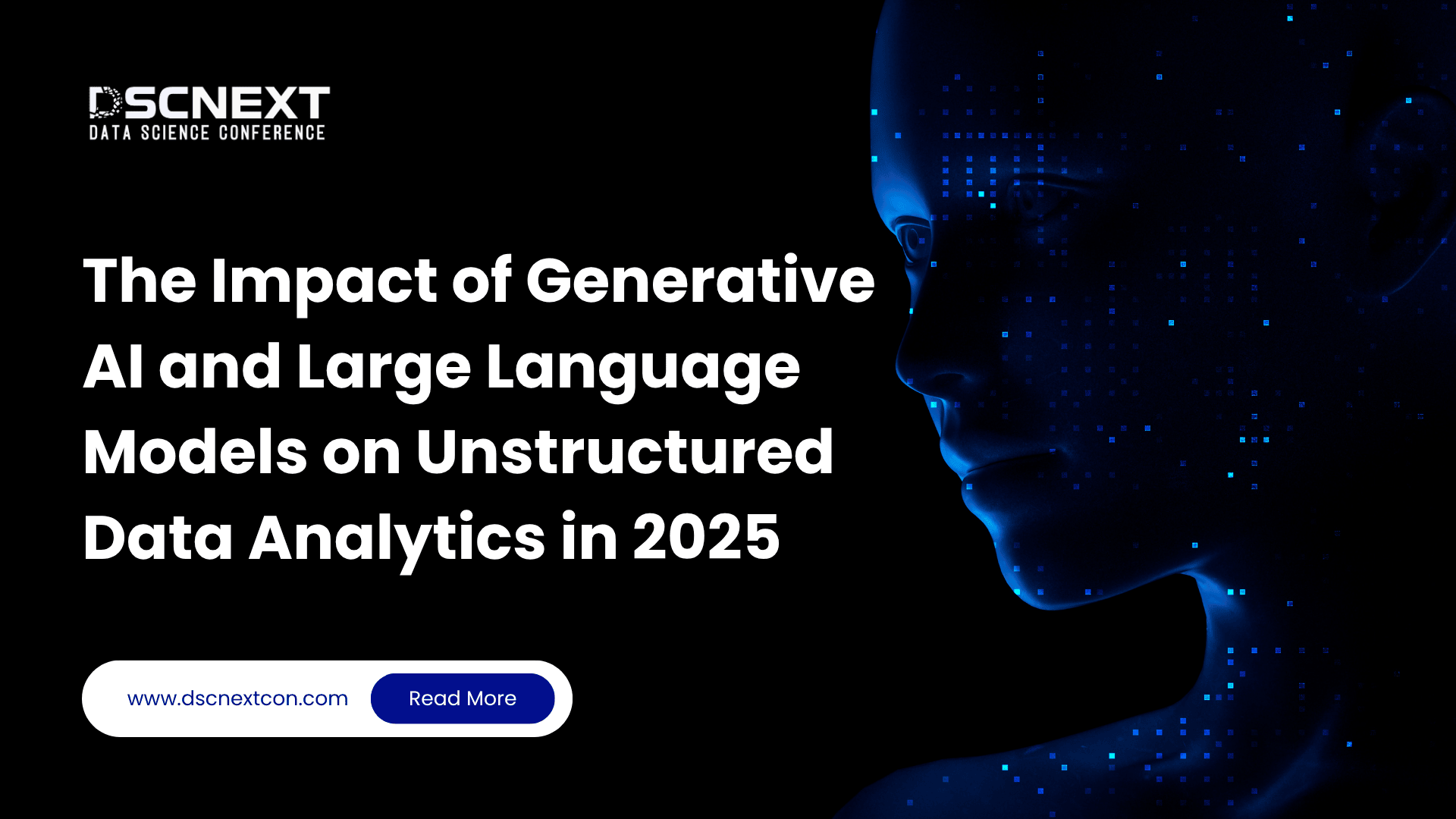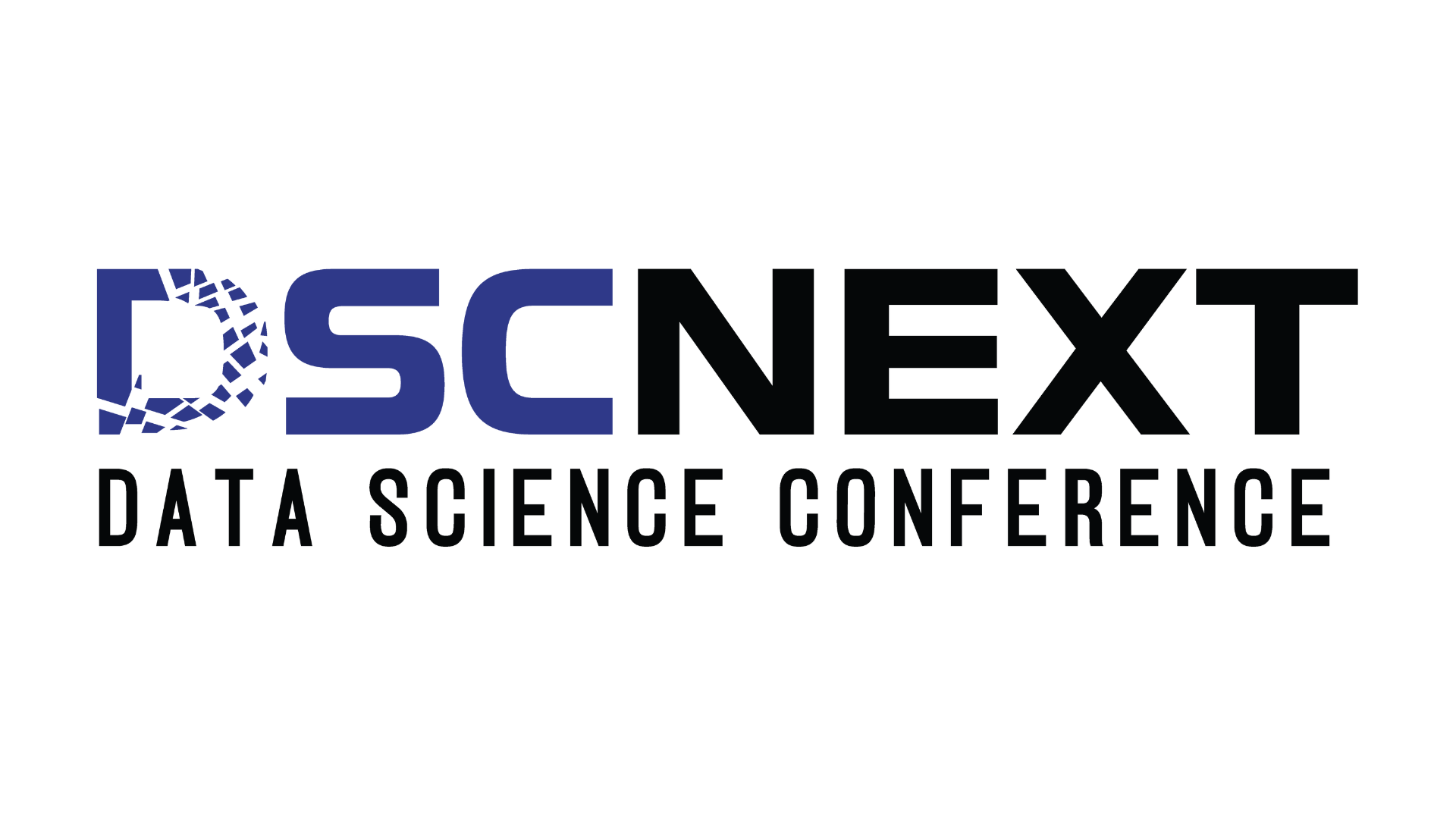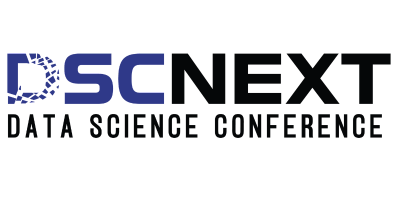
Introduction: Generative AI Meets Unstructured Data
In 2025, generative AI is redefining how organizations work with unstructured data—text, images, videos, documents, emails, and more. This kind of data, which accounts for over 80% of all enterprise information, has traditionally been hard to manage and even harder to analyze. But with the rise of large language models (LLMs) like GPT, and advanced tools such as DALL·E, a major shift is taking place. These technologies are helping businesses uncover insights that were previously buried in unstructured formats.
Why Unstructured Data Matters in 2025
Generative AI enables machines to not only understand but also create content. In the realm of unstructured data, this means tools can now summarize documents, extract key themes from customer feedback, generate visual content, and even interact with users in natural language. This shift is having a big impact on how organizations approach data strategy and decision-making.
How Generative AI Is Transforming Analytics
One of the key enablers of this transformation is retrieval-augmented generation (RAG), a technique that allows language models to fetch specific information from databases before generating responses. Alongside this, the use of vector databases and embeddings—methods of converting data into machine-readable formats—has made it easier for AI systems to process and search through vast, messy datasets.
The rise in generative AI adoption is fast. In July 2024, 71% of organizations were already using these tools. By early 2025, that number jumped to 89%, and almost all plan to increase investments in generative AI over the next few years. At the same time, interest in unstructured data has surged, with 94% of data and AI leaders naming it as a top priority. This isn’t surprising—one major insurance company reported that 97% of their internal data was unstructured, highlighting the scale of the challenge.
However, success in this area doesn’t come automatically. Despite AI’s growing power, preparing unstructured data still takes time and effort. Studies show that about 80% of the work in AI projects involves tasks like cleaning, tagging, and organizing data to ensure it’s accurate and usable. This step remains crucial, as poor-quality data can lead to flawed analysis and misleading results.
Ethical and Practical Challenges Ahead
Ethical concerns are also part of the conversation. With AI now generating text and images from sensitive or personal data, issues like privacy, bias, and transparency are more important than ever. Businesses need to balance automation with oversight, ensuring that generative AI tools are used responsibly and that human review remains a key part of the workflow.
“Once CIOs understand the value of what’s hidden in their unstructured data and how GenAI can unlock it, there’s no turning back.” — Matillion, 2025
This shift is not just a trend—it marks a fundamental change in how enterprises approach data, intelligence, and innovation.
Looking Ahead: Insights from DSC Next 2026
Looking ahead, events like DSC Next 2026, set to take place in Amsterdam, will spotlight these very advancements. The conference will bring together data science professionals, AI researchers, and industry leaders to explore how technologies like generative AI are transforming data analytics and enterprise decision-making. For anyone working with data, it’s an opportunity to stay informed, share ideas, and see what’s coming next.
Reference
Harvard Business Review: Improve the Quality of Your Unstructured Data

